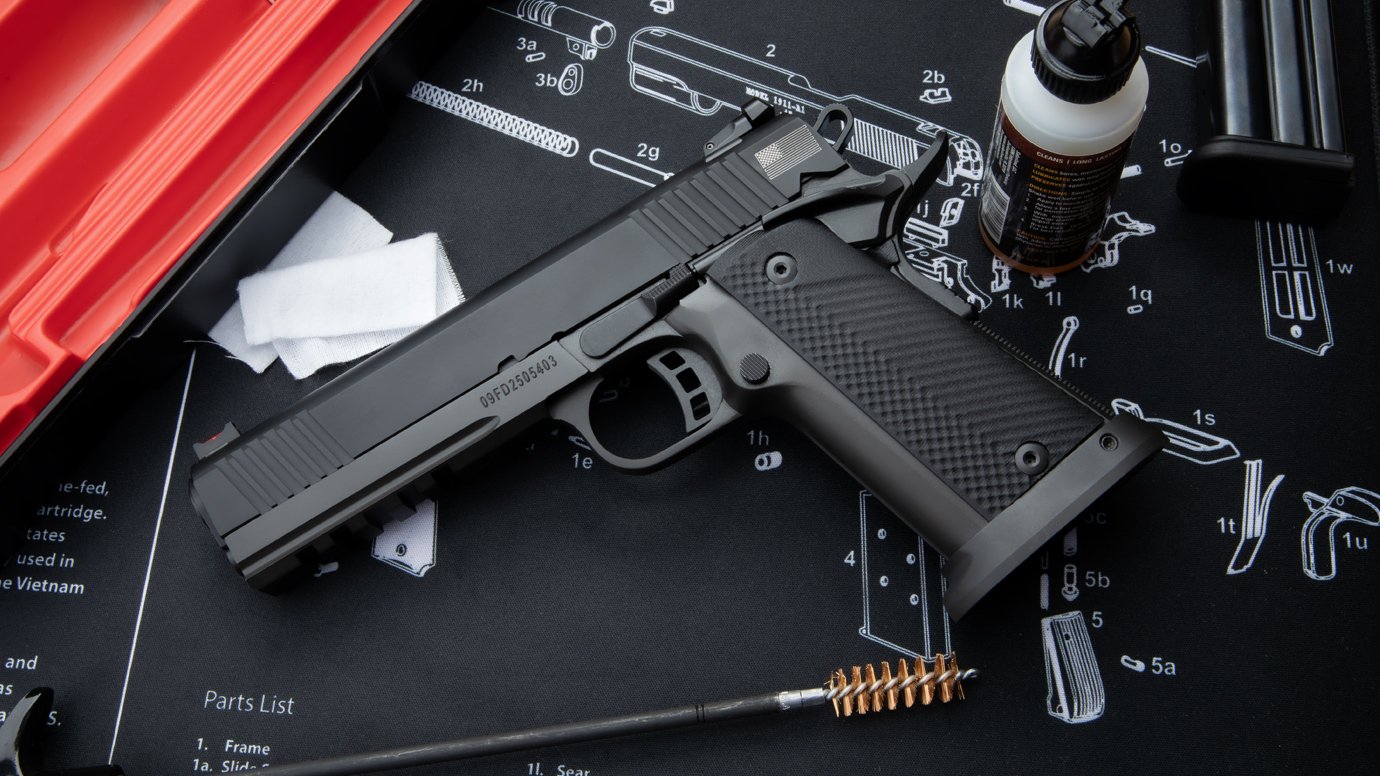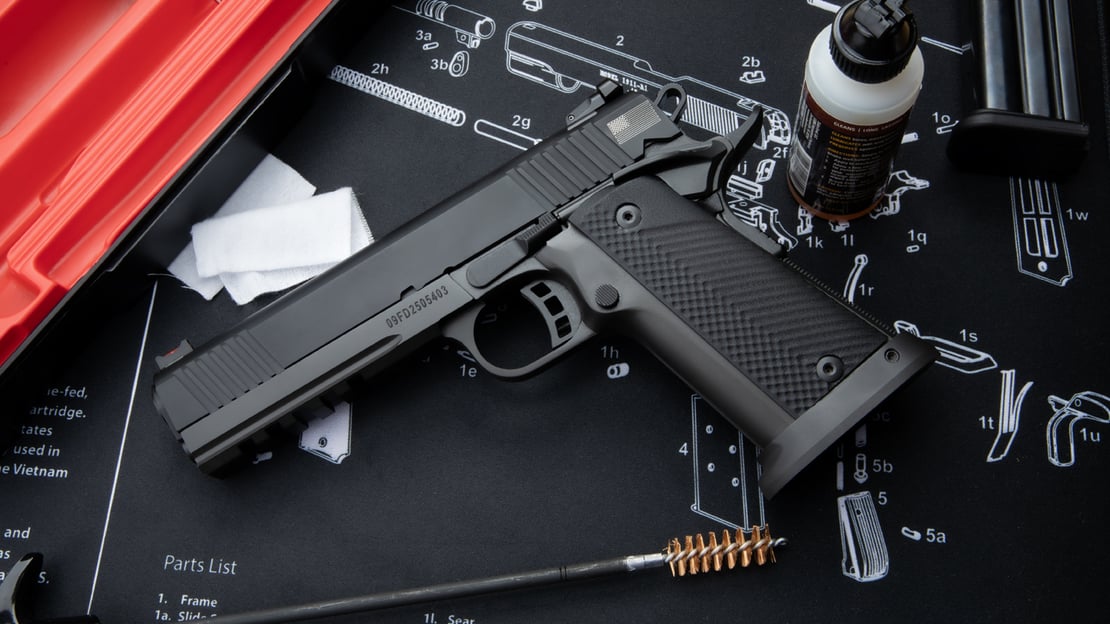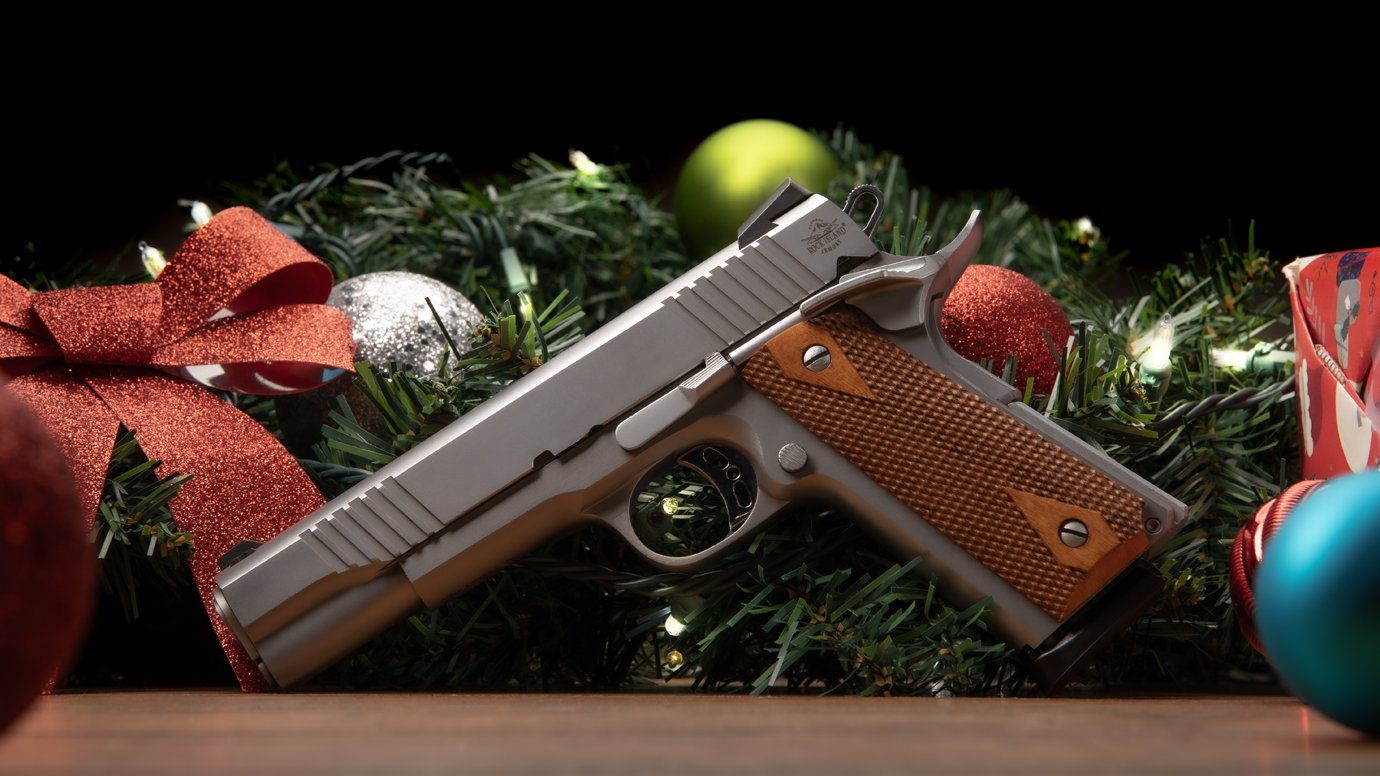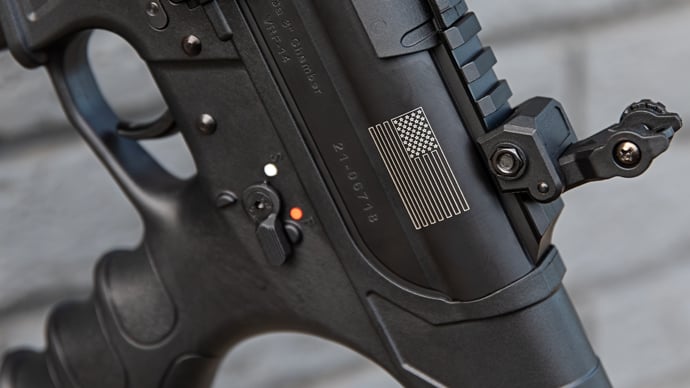Beyond the Basics of Handgun Ammo | Advanced Rounds
Posted by Team Armscor on Aug 1, 2025 10 Minute Read

So you think you know almost all there is to know about handgun ammunition? Find a deeper, more complex world of ammunition waiting. At your level, it’s no longer about just choosing a caliber — it’s about understanding the history, construction and nuance behind every round. It all starts with deciding to not stick with what you know and get out of your comfort zone.
Team Armscor’s John McClain unpacks the quirks of various caliber options, explores niche options and shares what he’s learned after thousands of rounds at the range.
Did you catch our caliber breakdown?
Learn about handgun ammo's various calibers and what that are all about.
3 Pieces of Starting Advice
1. Don’t just try one brand and assume every bullet of that caliber will fit. As John said, “Every single one of those bullets has a little bit of a different profile... and I’ve seen guns that will run certain types no problem — but choke on others.”2. If you try one type of a bullet caliber, whether it’s FMJ or JHP, don’t assume the other type will work in your specific gun. Try them all and see which is best. Sure you can and should try FMJ as a training round, but always practice some shots with the round you actually plan to carry as well to ensure it shoots well for you.
3. Don’t just get one box to carry with you. Get enough to get your shots down. As John explained, “Buy a couple boxes with the intention of shooting them. Make sure your gun actually likes that brand of ammo.”
Did you miss our beginner's guide to handgun ammo?
Learn about handgun ammo's different acronyms, calibers, types of ignition and more.
Same Diameter, Different Behavior
A bullet’s caliber only tells part of the story. Even rounds that use the same diameter bullet can behave completely differently due to case length, powder charge and design.
“You can have a bullet that is the same caliber, but it’s a different named caliber,” John said. “It’s not about the name — it’s about the casing and what’s behind it.”
Consider the 9mm family:
- .380 ACP – Same bullet as 9mm, but in a shorter case with less powder
- 9mm Luger – The most common semi-auto cartridge
- .38 Super – A longer case version of 9mm with more velocity
- .357 SIG – A 9mm bullet in a bottlenecked .40-caliber case
- .38 Special/357 Magnum – Revolver rounds using similar projectile diameters

Specialty Rounds That Do More

Some rounds don’t exist to fill a gap — they exist because they’re just plain fun or effective for specific roles.
One standout? .22 TCM, a proprietary cartridge developed by Armscor.
“.22 TCM wasn’t developed to solve a problem — it was born out of curiosity,” said John. “It’s a centerfire round with low recoil and high velocity — and it’s one of my favorite rounds to shoot and show off.”
It uses a .22-caliber bullet in a shortened 9mm case and comes in soft point or jacketed hollow point variants. The .22 TCM 9R version is tailored to fit in standard 9mm-length magazines.
“We made the 9R version to work in Glock-style mags and other compact platforms,” John noted.

Meet the Outliers: FN 5.7, 17 HMR and More
Once you start exploring, you’ll encounter rounds like FN 5.7x28, .17 HMR, and .22 Magnum — high-velocity options with lightweight bullets and niche uses.
“They’re fantastic for varmint control and precision shooting,” John said.
Though less common, these rounds offer exceptional accuracy and low recoil, making them appealing to both new and seasoned shooters looking for something different.
Final Thoughts: Caliber is Personal
The more you explore ammo, the more you’ll realize how many factors are at play: velocity, weight, barrel length, expansion, platform compatibility and, frankly, personal preference.

“You might find calibers that the general population doesn’t care about — but that you personally love,” John said.
Ultimately, being an expert shooter isn’t about knowing everything. It’s about knowing what matters to you and why. Whether it’s obscure wildcats or purpose-built performance loads, advanced shooters often find the greatest satisfaction not in sticking with what they know, but in exploring what they don’t.






